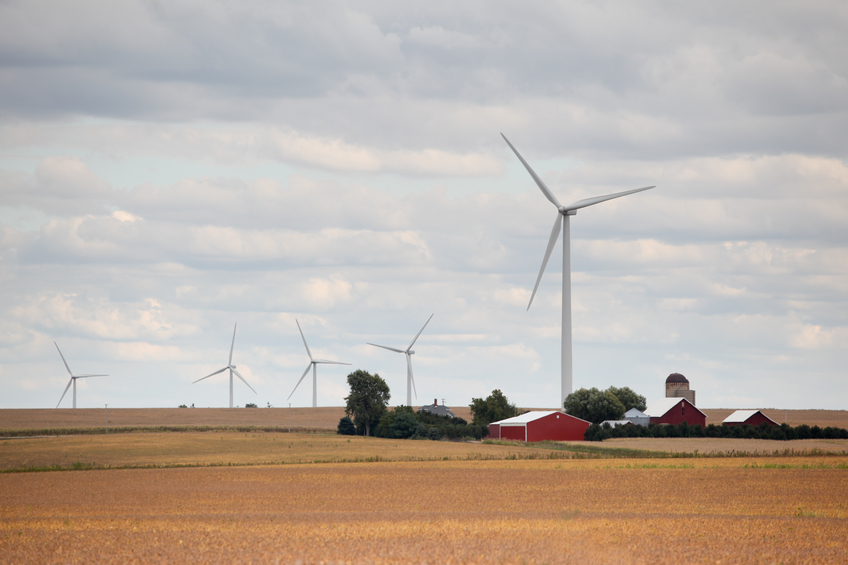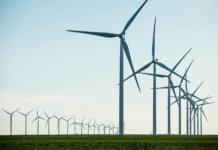The Federal Energy Regulatory Commission (FERC) officially acknowledged the unique characteristics of renewable generation facilities with its approval in April of the California Independent System Operator Corp.'s (CAISO) proposed transmission financing mechanism.
   CAISO's proposal identifies a method for connecting renewable resources in California to CAISO's transmission grid with minimal financial discrimination. Previously, generation developers in California were responsible for the cost of building the transmission trunk lines that connect their new generation systems to the main grid. Consequently, small renewable power developers were less likely to obtain the initial financing necessary for the transmission construction.
   With FERC's approval, CAISO now can institute a "hybrid financing method" for smaller generators. Under the new model, utilities would pay for trunk line construction costs and be reimbursed after connecting renewable projects are online.
   FERC noted that interconnection policies have favored generation developers who can choose locations for their projects that will minimize the costs associated with interconnection. Renewable generation projects, FERC recognized, are location-dependent, making it impossible for developers to relocate these projects for the purpose of minimizing transmission construction costs.
   "A strict application of our current policy will curtail development of our renewable energy potential by limiting development to those areas where interconnection costs happen to be lowest, not where renewable energy potential is greatest," said FERC Chairman Joseph Kelliher in a statement about the decision.
   According to CAISO, the costs of constructing interconnection facilities for location-constrained resources will be applied to all users of the system through the transmission revenue requirement of the participating transmission owners (PTO) that construct the facilities. In addition, each interconnecting generator would be responsible for paying its pro rata share of the going-forward costs of the line. Per FERC's open-access transmission requirements, generators of any fuel type will be eligible to interconnect and contract for unsubscribed capacity of a transmission facility after it is constructed.
   FERC considered in its decision certain aspects of CAISO's plan that will protect ratepayers. The protective measures include a rate impact cap and a requirement that sponsoring PTOs demonstrate interest in the transmission facility's capacity from location-constrained generators.
   CAISO now will begin to develop the official framework for its financing model based on stakeholder comments as well as FERC's input and file a tariff with FERC by the end of the year. Among the details that must be settled, says Rob Gramlich, policy director for the American Wind Energy Association, are the amount of a rate impact cap and the guidelines for how location-constrained generators will express interest in new transmission facilities. Determining commitment on the part of generators has been a challenge in Texas, where competitive renewable energy zone policy supports development of transmission that would deliver power from the state's renewable resources to Texas end users.
   "I'm sure this issue will be just as challenging in California," says Gramlich.
   Only four states, including California, Texas, Colorado and Minnesota, have addressed the unique needs of renewable interconnection. However, it is likely more states soon will adopt their own solutions to this issue.
   "The solution seems to be working," says Gramlich, "but every state or region has to do it a little differently because we have so many kinds of market structures in the country."
   For example, Gov. Bill Ritter, D.-Colo., signed a bill at the end of March requiring Colorado's electric utilities to identify high-potential wind-energy resource zones in which transmission constraints hinder the delivery of electricity. These utilities must develop construction plans to improve transmission capacity within these zones, but they will be allowed to recover costs during construction. Minnesota, on the other hand, has approached the transmission problem for a whole group of resources as part of the state's Capacity Expansion by 2020 (CapX 2020) plan, a joint initiative of transmission-owning electric utilities tasked with expanding the electric transmission grid.
   Gramlich believes that the basic concept behind these state-level solutions could be a useful model for federal legislation, too.
   "There is significant public interest in interstate transmission lines to tap into remote areas with good wind resources, much of which crosses federal lands and the territory of federal power marketing authorities," says Gramlich.
© Copyright Zackin Publications Inc. All Rights Reserved.



